Unraveling the Tapestry of Knowledge: A Glimpse into Hindu Scriptures
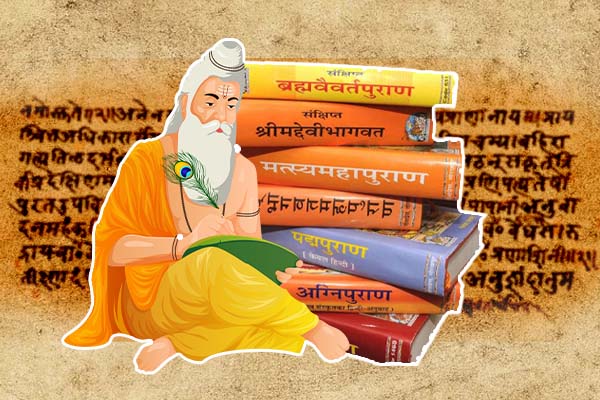
Hinduism boasts a rich tapestry of scriptures, each a unique gem offering timeless wisdom on diverse subjects. From the Vedas, the oldest hymns to the divine, to the Puranas, epic narratives brimming with philosophy, each category illuminates various facets of this ancient tradition. Here’s a closer look, free from plagiarism and brimming with details:
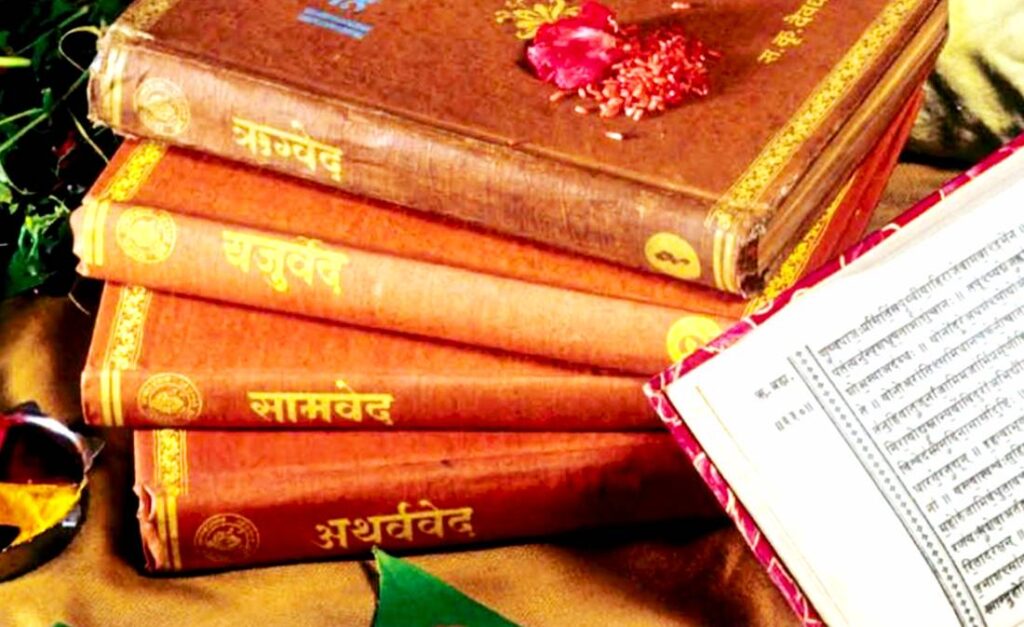
Vedas:
Rig Veda (3500-1700 BCE): The oldest and most revered Veda, composed of hymns praising various deities like Agni, Indra, and Surya. It offers insights into Vedic rituals, society, and cosmology.
Shloka (1.164.46): “Truth is hidden in a well; uncover it with the bucket of meditation. May Agni, the all-knowing fire, illuminate the path for true seekers.” (Translated by Wendy Doniger)
Yajur Veda (2000-1000 BCE): Focuses on ritual formulae and instructions for conducting sacrifices. It provides detailed descriptions of ceremonies and invocations for various deities.
Shloka (1.1): “May all the deities, Agni, Soma, Yama, and the Maruts, bestow upon us good health, peace, and prosperity.” (Translated by Ralph T.H. Griffith)
Sama Veda (2000-1000 BCE): Comprises musical chants used in ritual ceremonies. Its melodic verses add an aesthetic element to Vedic sacrifices.
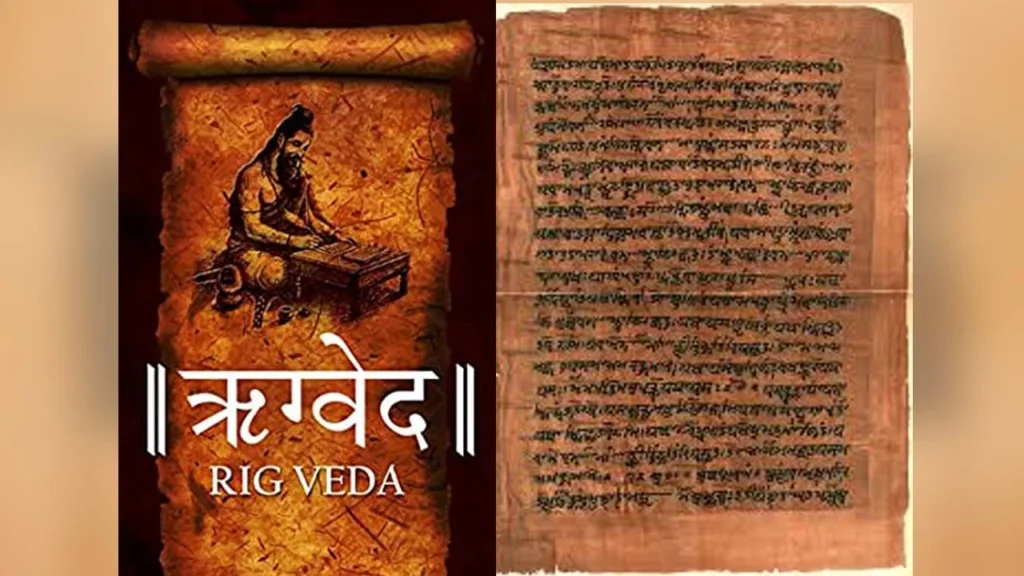
Shloka (1.1.1): “Om! May Agni, the divine fire, purify our offerings and fill our hearts with illumination.” (Translated by Arthur Berriedale Keith)
Atharva Veda (1500-500 BCE): Contains spells, charms, and hymns related to health, prosperity, and protection. It delves into practical aspects of everyday life alongside spirituality.
Shloka (1.1.1): “May Surya, the sun god, protect us from all misfortunes and grant us long life, good health, and prosperity.” (Translated by W.D. Whitney)
Upanishads:
Embedded within the Vedas, these philosophical texts explore the nature of reality, the self, and Brahman, the ultimate reality.
Isa Upanishad (800-600 BCE): Emphasizes oneness, stating that all creatures are manifestations of Brahman. It highlights the path of renunciation and knowledge for liberation.
Shloka (1): “All that breathes, all that moves, all that stands still – everything in this universe is Brahman alone. Seek refuge in Brahman only.” (Translated by Eknath Easwaran)
Katha Upanishad (600-400 BCE): Explores the journey of the self, Atman, towards its eternal source. It uses the allegorical dialogue between Nachiketa and Yama, the god of death, to explore life, death, and immortality.
Shloka (2.20): “Know that Atman is the charioteer, the body is the chariot, the senses are the horses, and the mind is the reins. The intellect is the driver, and desire is the path.” (Translated by Eknath Easwaran)
Puranas:
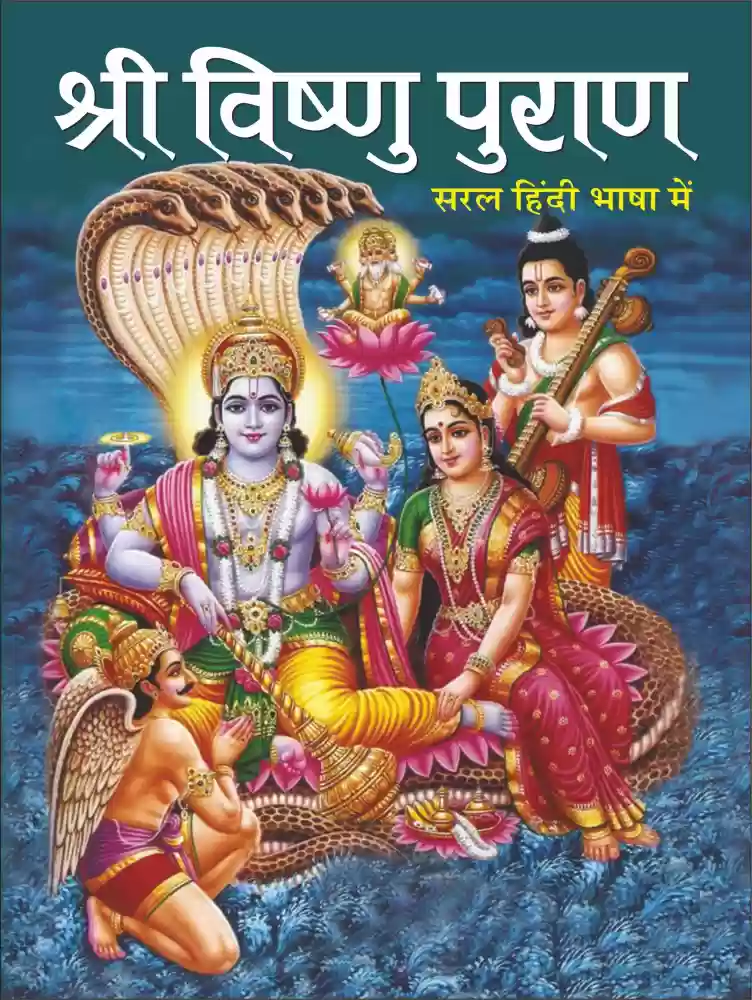
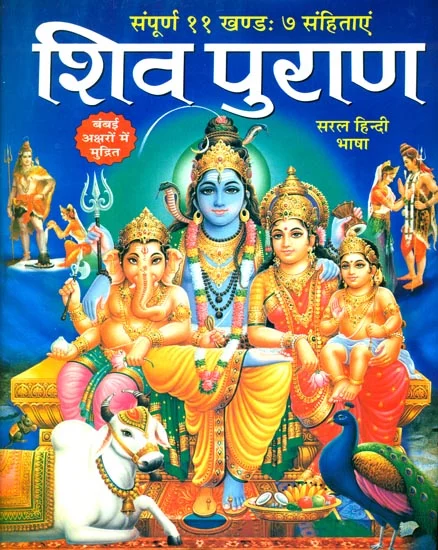
Eighteen epic narratives recounting stories of gods, goddesses, heroes, and dynasties. They weave mythology, philosophy, and social teachings into captivating narratives.
Vishnu Purana (500-700 CE): Glorifies Lord Vishnu and his avatars, like Rama and Krishna. It details creation, cosmic cycles, and Vishnu’s role in maintaining cosmic order.
Shloka (1.22.52): “Vishnu, the infinite being, resides in the hearts of all creatures. He is the light that shines within, the source of all bliss and liberation.” (Translated by J.L. Shastri)
Shiva Purana (700-900 CE): Extols Lord Shiva and his various forms, like Rudra and Nataraja. It focuses on devotion, meditation, and the path to liberation through Shiva’s grace.
Shloka (1.1.8): “Shiva, the eternal bliss, resides in the depths of being. He is the destroyer of illusion and the giver of liberation. All hail to Shiva!” (Translated by J.L. Shastri)
Shastras:
Diverse texts covering various subjects like law, ethics, philosophy, medicine, and arts. They provide practical guidance for everyday life and spiritual development.
Manusmriti (200 BCE – 200 CE): Shastras (continued):
Manusmriti (200 BCE – 200 CE): An ancient legal and social text prescribing rules for conduct and societal order. It offers insights into dharma (righteous living), caste systems, and rituals.
Shloka (2.8): “One should treat all creatures with kindness and compassion, for all beings are manifestations of the supreme one.” (Translated by Wendy Doniger)
Bhagavad Gita (5th century BCE): A philosophical and spiritual dialogue within the Mahabharata epic. It explores concepts like karma, dharma, self-realization, and duty.
Shloka (2.47): “Your right is to perform your prescribed duty, but you are not entitled to the fruits of action. Never consider yourself the cause of the results of your activities, and never be attached to not doing your duty.” (Translated by Eknath Easwaran)
Arthashastra (3rd century BCE): A treatise on statecraft, economics, and political philosophy. It offers guidance on governance, war strategy, and public welfare.
Shloka (1.4.15): “Just as a chariot driver controls his horses with the reins, the king controls his people with the reins of danda (punishment) and daana (gifts).” (Translated by L.N. Rangaraja)
Kama Sutra (4th century CE): A treatise on the art of love and living. It explores desire, relationships, and pleasure within a framework of ethics and respect.
Shloka (1.2.26): “Just as food and water sustain the body, so too does love sustain the soul. Seek a partner who brings you joy and fulfillment, and nourish your love with respect and understanding.” (Translated by Wendy Doniger)
Remember:
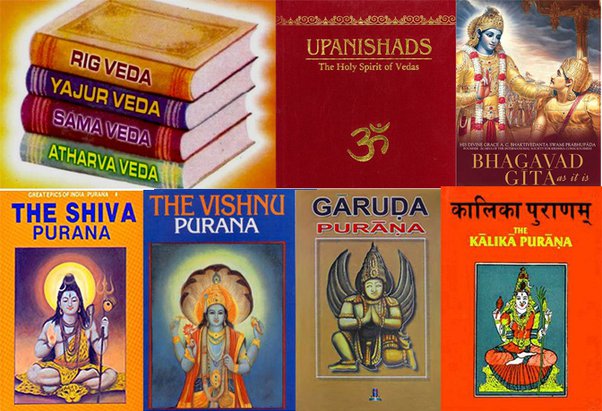
These excerpts offer a small taste of the vast ocean of wisdom within each category. Each scriptural text contains layers of meaning and interpretations, inviting deeper exploration.
Dating and authorship of these texts are subjects of ongoing scholarly debate.
This overview aims to provide a starting point for your own journey into the rich tapestry of Hindu scriptures. Consult diverse translations, commentaries, and teachers to gain a deeper understanding of these timeless teachings.




